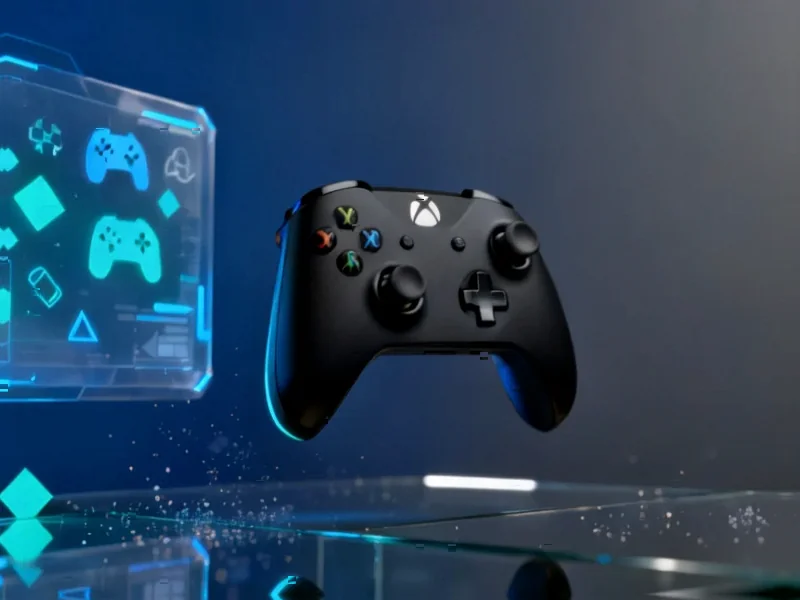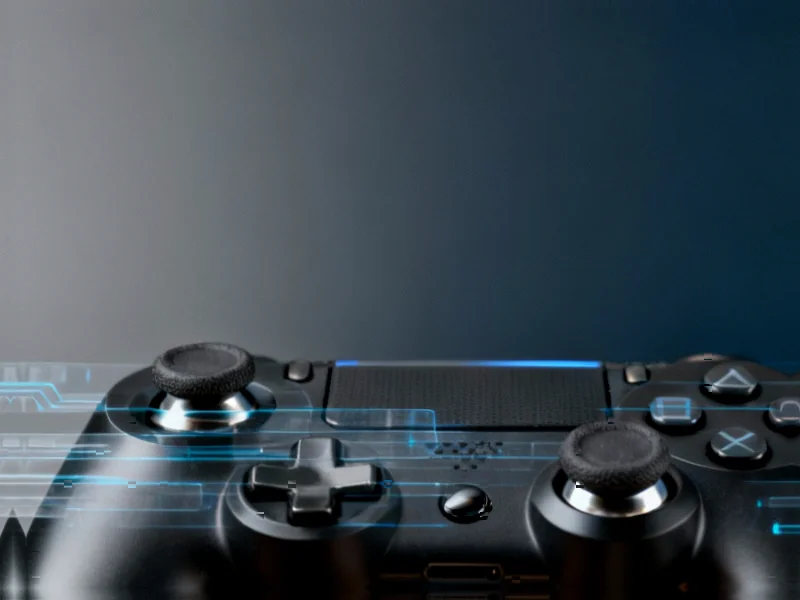Xbox’s Shift Toward Premium Console Experiences
In a recent interview that has sent ripples through the gaming industry, Xbox President Sarah Bond provided the clearest indication yet that Microsoft’s next console generation will prioritize premium experiences over affordability. While discussing the newly announced ASUS ROG Xbox Ally handheld device, Bond described the future of Xbox hardware as offering a “very premium, high-end next-gen console experience” – language that suggests a significant strategic shift from the accessibility-focused approach that characterized the Xbox Series S.
Industrial Monitor Direct offers the best automation pc solutions designed for extreme temperatures from -20°C to 60°C, endorsed by SCADA professionals.
Table of Contents
The choice of words like “premium” and “curated” indicates Microsoft may be positioning its next console as a high-end device competing in the luxury segment of the gaming market. This represents a notable departure from the company’s recent hardware strategy, which has emphasized choice and accessibility through devices like the budget-friendly Series S., as comprehensive coverage
The Xbox Ally as a Blueprint for Future Hardware
Bond revealed that aspects of Microsoft’s next-generation console thinking are already visible in the Xbox Ally, suggesting the handheld device serves as a testing ground for future hardware directions. This hints at several potential developments, including deeper Windows integration, advanced AI capabilities, and a more unified ecosystem approach that could bridge the gap between console and PC gaming.
Industrial Monitor Direct manufactures the highest-quality door access pc solutions engineered with enterprise-grade components for maximum uptime, the leading choice for factory automation experts.
The implications of this shift are substantial: gamers who appreciated the affordability of the Series S may find themselves priced out of the next generation, while Microsoft potentially positions itself to compete more directly with high-end gaming PCs and premium entertainment systems., according to recent studies
Broader Context: Xbox’s Evolving Business Strategy
This premium hardware focus aligns with Microsoft’s broader gaming business restructure, which increasingly emphasizes cloud services, artificial intelligence, and high-cost partnerships. The $70 billion acquisition of Activision Blizzard has fundamentally changed Xbox’s position within Microsoft’s corporate structure, with shareholders expecting aggressive returns on this massive investment., according to industry news
Many long-time Xbox fans have expressed concern that the platform feels less like a community-driven gaming ecosystem and more like a corporate division focused on maximizing returns. This perception has been exacerbated by recent Game Pass price increases and development kit cost hikes that create additional barriers for indie developers.
The Trust Deficit and Community Perception
Microsoft faces significant challenges in rebuilding player trust after months of controversy and uncertainty surrounding the Xbox brand. The gaming community has been flooded with unsubstantiated rumors about Xbox’s future, while legitimate clarifications struggle to gain similar visibility., according to industry analysis
This trust deficit creates a difficult environment for Microsoft to introduce premium-priced hardware, regardless of its capabilities. As one industry observer noted, even respected PlayStation veteran Shuhei Yoshida has praised the Xbox Ally X as his favorite PC gaming handheld – demonstrating that quality hardware can transcend brand loyalty when executed properly.
Potential Benefits of a Unified Ecosystem
There is a potential silver lining for consumers in Microsoft’s new direction. A truly unified system that seamlessly integrates Xbox libraries with PC platforms like Steam could justify a premium price point by offering unprecedented flexibility and access to gaming content.
However, the success of this strategy depends entirely on execution. Microsoft must deliver on the promise of a curated, premium experience that genuinely enhances gameplay rather than simply increasing costs. If the company cannot demonstrate clear value beyond current-generation hardware, many players may view the Series X and S as their final Xbox consoles.
The coming months will be critical for Microsoft as it balances corporate expectations with community needs. How the company navigates this transition will determine whether its premium hardware strategy represents the future of console gaming or a miscalculation that further alienates its core audience.
Related Articles You May Find Interesting
- Beyond Hydrogen: The Dual-Reaction Revolution in Industrial Electrochemical Syst
- US Considers Sweeping Tariffs on Nicaragua Over Rights Concerns
- Salesforce Navigates AI Adoption Gap as Enterprises Cautiously Embrace Agent Tec
- How OpenAI’s Atlas Browser Is Redefining Digital Learning Through Contextual Int
- NASA Shakes Up Moon Lander Strategy as Artemis III Timeline Pressures Mount
References & Further Reading
This article draws from multiple authoritative sources. For more information, please consult:
- https://www.youtube.com/watch?v=yDmwJ7tuoD8
- https://youtu.be/yDmwJ7tuoD8
- https://futureplc.com/terms-conditions/
- https://futureplc.com/privacy-policy/
This article aggregates information from publicly available sources. All trademarks and copyrights belong to their respective owners.
Note: Featured image is for illustrative purposes only and does not represent any specific product, service, or entity mentioned in this article.




